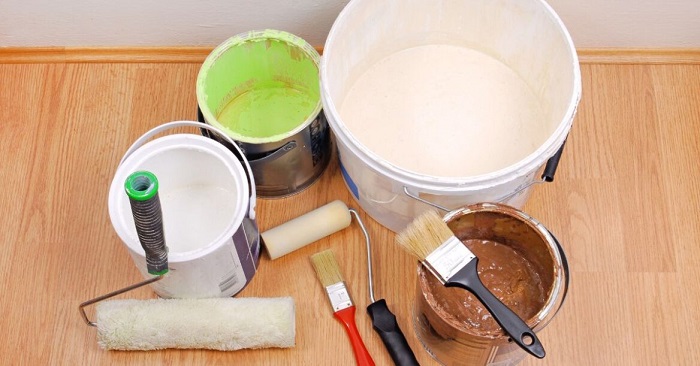A painter depends on a reliable set of tools to complete tasks with clean results. Whether working on a house, office, or any surface, tool selection affects how smooth and efficient the job will be.
This article lists all the essential tools a pintor Xativa needs to work efficiently on painting projects. Using these tools correctly can help achieve a clean, smooth, and even paint job.

Paintbrushes
Paintbrushes are necessary for corners, trims, and detailed work. Brushes come in various shapes and sizes. Flat brushes are useful for large areas. Angled brushes help when painting edges.
Synthetic bristles are best for water-based paints. Natural bristles are used with oil-based paints. Choose a brush with firm bristles that don’t fall out during use.
Tip
Always wash the brush after use and store it flat or hanging to keep the bristles in shape.
Rollers and Frames
Rollers are used for covering large flat surfaces like walls and ceilings. A roller frame must fit the handle tightly and spin without effort. The roller cover should be selected based on the surface.
Short nap rollers are for smooth surfaces. Longer nap rollers are used on rough or textured surfaces.
Tip
Do not overload the roller with paint. Even pressure gives better coverage.
Paint Trays and Liners
Paint trays hold the paint for loading the roller. Liners are placed inside the tray and can be replaced after each use.
Tip
Use liners when changing colors. This reduces cleanup time.
Drop Cloths and Plastic Sheets
Paint can drip or spill during the job. To protect the work area, painters use drop cloths and plastic sheets.
Canvas drop cloths are reusable. Plastic sheets are lightweight and disposable.
Tip
Cover all nearby furniture and floor before starting.
Extension Poles
To reach ceilings or tall walls, extension poles can be attached to roller frames. This helps avoid constant ladder use.
Tip
Choose a pole with an adjustable lock to suit different heights.
Sandpaper and Sanding Blocks
Sanding helps remove old paint and smooth out the surface. A smooth surface helps the new coat of paint stick better.
Use sandpaper for flat areas. Sanding blocks give better control. Sponges are suitable for curved or uneven surfaces.
Tip
After sanding, wipe the surface with a cloth to remove dust.
Putty Knife and Filler
A putty knife is used to apply filler to holes or cracks in walls. Different sizes are available for small and large repairs.
Tip
Let the filler dry completely before sanding and painting.
Paint Scraper
Scrapers help remove old paint or wallpaper. They are used during surface preparation to remove loose material.
Tip
Use a steady hand while scraping to avoid scratching the surface underneath.
Caulking Gun
Before painting, seal any gaps between trims or edges with caulk. A caulking gun allows you to apply the material evenly.
Tip
After applying, smooth it with a damp cloth. Let it dry fully before painting.
Final Thoughts
A pintor Xativa must have a full set of tools to carry out paint jobs quickly and neatly. From preparation tools to cleanup items, each one serves a specific purpose. Using the right tool for the right task avoids delays and helps achieve better results.
Make sure all tools are kept clean and stored safely after each project. By maintaining them in good condition, painters can handle each job with better speed and accuracy.
